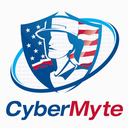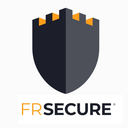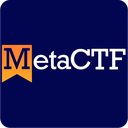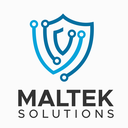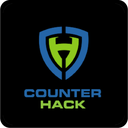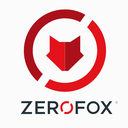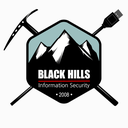Hack Red Con 2024
-
End the Burnout - 3 things your CISO wishes you knew.
Mark Thacker
-
Doors, Cameras, and Mantraps: Oh, my!
Dylan "The Magician" Baklor
-
Registration Opens
Oct. 25
-
Opening Ceremony
Oct. 25
-
Keynote Round Table - Ed Skoudis, Dave Kennedy, Ken Nevers, Amanda Berlin
Oct. 25
-
Securing Derby 150
Jason PaytonOct. 25
-
Creating Intelligence From Malware Samples
Jon "Wally" Prather and Jeff SmealOct. 25
-
CISO Roundtable
Oct. 25
-
Tough Adversary? Don’t Blame Sun Tzu
Dr. Gregory CarpenterOct. 25
-
Reframing the “Success” of an Offensive Test: Taking a Risk-Based Approach
Celina StewartOct. 25

Alex is a Lead Penetration Tester at Wolf’s IT Assurance Services group where he’s responsible for coordinating and conducting penetration testing services for clients in a variety of industries, including financial, healthcare, and software. His expertise consists of internal and external network penetration testing, threat emulation exercises, social engineering, vulnerability assessments, cloud security assessments, and Active Directory security reviews.
Additionally, he has experience working with standards from the National Institute of Standards and Technology (NIST), the Center for Internet Security (CIS), and leveraging the MITRE Adversarial Tactics, Techniques, and Common Knowledge (ATT&CK) framework. Alex has over three years of experience performing security assessments and holds certifications from industry-recognized organizations such as Offensive Security and Global Information Assurance Certification (GIAC).
Offensive security teams face increasing pressure to stay ahead of potential threats by efficiently managing and automating their infrastructure. In fact, it is now considered a competitive advantage for many teams to stay ahead of others by automating tasks and developing their own tradecraft. This talk will explore how our team leverages tools like Warhorse, Ansible, and Terraform to automate our infrastructure deployments. This talk builds on foundational concepts introduced by other practitioners and examines lessons we learned as a team.
Traditionally, setting up and managing the necessary infrastructure for these activities has been a manual, time-consuming process. For smaller teams, this in itself becomes a full-time job to manage infrastructure and delete stale objects. This can lead to inconsistencies, delays, and a significant drain on resources. To mitigate these challenges, offensive security teams must adopt development practices that already exist in other disciplines. Before we run though we must learn how to walk and understand why we are putting resources into automation.
This talk examines the importance of automating infrastructure and other pipelines. For offensive security teams, this means that environments can be consistently configured and deployed in a fraction of the time it would take manually. The automation enables teams to define and provision their entire infrastructure using basic scripts that can be modified on demand. Furthermore, instead of building from scratch, we can use existing wrappers and other solutions to assist in achieving our infrastructure goals.
The primary goal of this session will be to demonstrate how to do the following:
- Deploy C2 (CobaltStrike/Mythic)
- Evilginx2 & GoPhish
- TailScale Integration
- Training Labs




